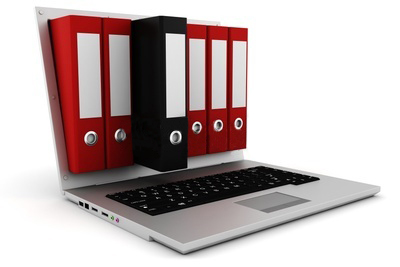
Medical Coding As A Modern Necessity
Nitin Chhoda provides reasons why medical coding is necessary and the role it has in a private practice setting. By defining what medical coding is and what codes are involved, it helps simplify the process for practice owners and staff.
Medical coding is an important step between the treatment of a patient and medical billing for the procedures, tests, and services. Clinicians will talk to patients, administer or order tests, and write down notes about each visit.
Those notes may describe what the patient needed, and in turn a medical coding staff member will translate each billable item into the assigned medical code.
Every doctor, medical clinic, and hospital must record a patient visit and include any procedures and tests performed. No matter whether the patient, their health insurance company, or another party is paying the bill, medical coding will take place to document how the bill should be drawn up.
What are the codes that are used?
There are a few kinds of necessary codes that medical coding staff members handle. The first is ICD-9 codes, or the International Classification of Diseases codes.
The number 9 refers to the version of this form of classification, and in 2013 a new version will be introduced, ICD-10. CPT codes, or current procedural terminology codes provide a list of alphanumeric codes used by medical coding professionals in the United States.
HCPCS codes, or Healthcare Common Procedure Coding System codes, are used for Medicare and other insurance programs. All codes were developed in an attempt to streamline and standardize the way medical procedures and tests are described and billed.
Why is this necessary?
The most interesting thing about medical coding is that it comes from an interest in standardization. The fact is that most medical procedures can be described in a single way – medical tests and processes have been developed over time, and while that development continues, clinicians are taught a right way to do things fairly consistently.
 Medical coding allows a medical facility to bill for anything using a standardized system.
Medical coding allows a medical facility to bill for anything using a standardized system.
If one hospital performs a surgery and describes it differently from another hospital, even though the procedure is essentially the same, a health insurance company is going to have a hard time determining whether or not they truly are the same procedure.
Rather than spending the time guessing about the appropriate amount that should be billed, medical coding allows everyone to agree in advance that a certain code can be billed at a certain rate.
Does that really work?
The sad thing is that this attempt at a system works in some ways and fails in other ways. The first problem is that health insurance companies change their billing requirements constantly.
Even if a certain medical code is used for a certain test, the billable amount for that test may have changed. Laws attempt to keep things flexible and reasonable, but everyone is still trying not to spend any more money than they absolutely have to.
On the other hand, medical coding has made it possible for trends in diseases and public health and safety problems to be tracked at local and national and even international levels. This kind of information and the data collected through medical coding can help to improve medical care.




















